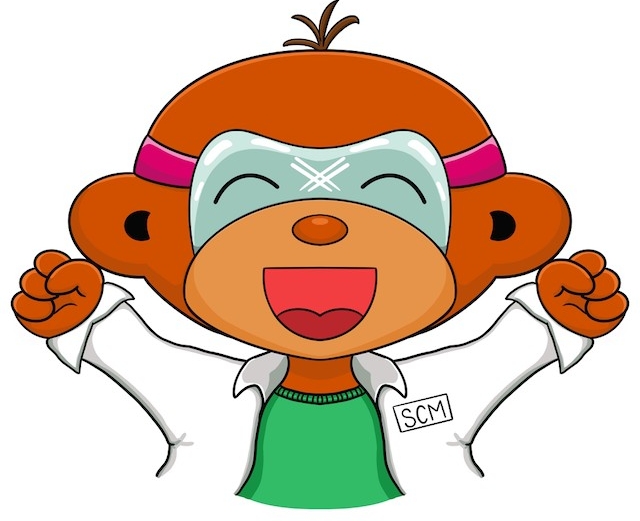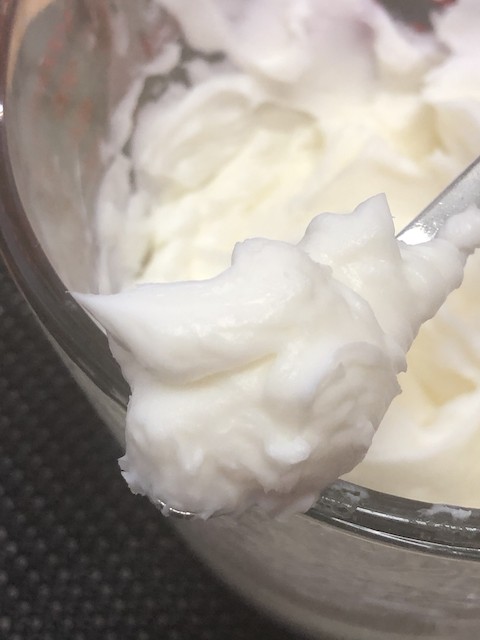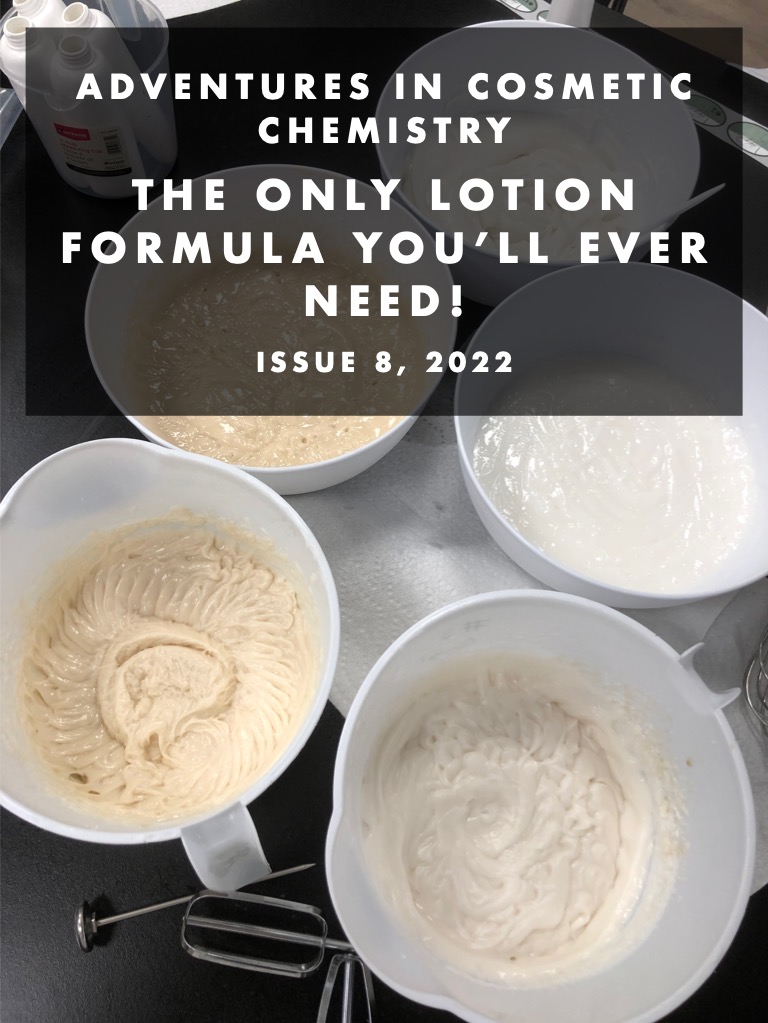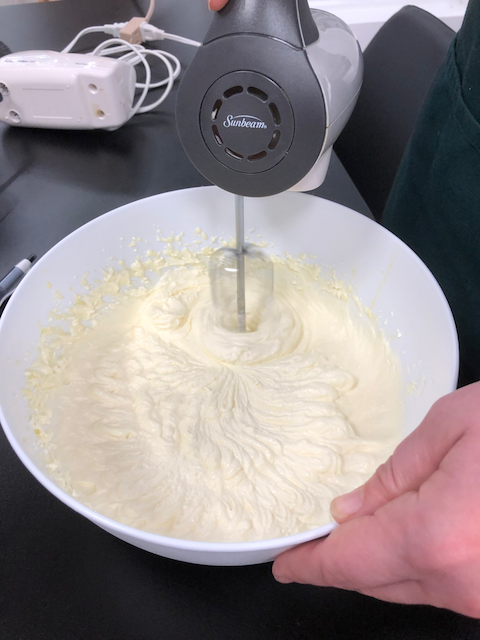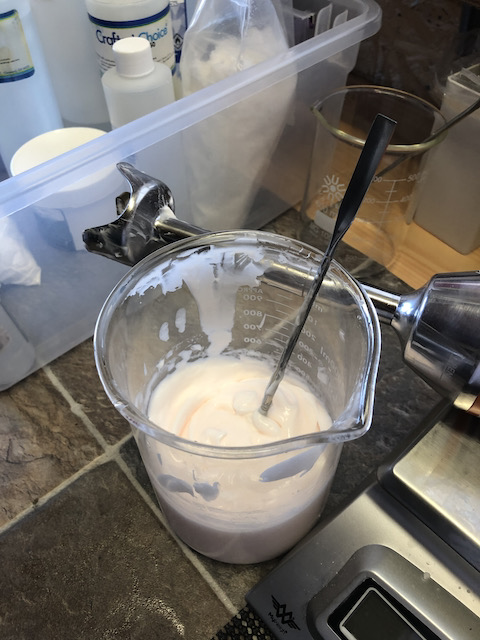Let’s analyze a “terrible recipe” to learn more about formulating: Part four, looking at a final potential formula, analyzing it a little more with information on how to spot terrible recipes and where to find trusted resources
Welcome back to this series in which we’re analyzing what I’m calling a “terrible recipe” for a lotion to learn more about formulating lotions from scratch. In part one, we took a look at the original recipe in volume and by weight, then we considered a few things, like temperatures, what went into which phase,...
